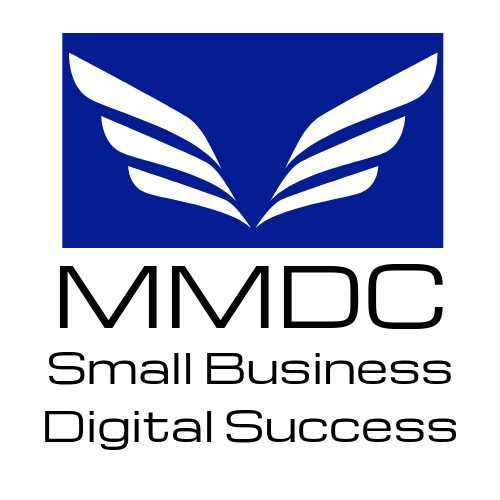Organic vs. Paid Social Media Marketing: Key Differences and Strategies
Understanding the Pros and Cons of Organic and Paid Social Media Marketing

Social media marketing has become essential for businesses aiming to increase their online presence and engage with their audience. Understanding the distinction between organic and paid social media marketing is crucial for developing a comprehensive strategy. This article explores the critical differences between these two approaches, their benefits, and how to integrate them effectively into your marketing plan.
What is Organic Social Media Marketing?
Organic social media marketing involves using free tools provided by social media platforms to build and engage with an online community. It relies on creating and sharing content, such as posts, stories, and videos, to attract and retain followers.
Key Strategies:
- Content Creation: Develop high-quality, valuable content that resonates with your target audience. This includes blog posts, infographics, and user-generated content.
- Engagement: Actively engage with your audience by responding to comments and messages and participating in discussions.
- Hashtags and SEO: Utilize relevant hashtags and optimize your posts for searchability within social platforms.
- Consistency: Maintain a regular posting schedule to keep your audience engaged and informed.
Benefits of Organic Social Media Marketing:
- Cost-Effective: Organic marketing does not require a financial investment, making it accessible for businesses of all sizes.
- Brand Loyalty: Building a loyal community through authentic interactions fosters trust and long-term relationships.
- Sustainability: Consistent engagement and valuable content contribute to sustained growth and visibility over time.
What is Paid Social Media Marketing?
Paid social media marketing involves spending money on advertising campaigns to reach a specific audience. These campaigns can include sponsored posts, display ads, and social media ads that appear in users’ feeds or as banners on platforms.
Key Strategies:
- Targeting: Use precise targeting options to reach specific demographics, interests and behaviors.
- Ad Formats: Choose suitable ad formats (e.g., carousel ads, video ads, and sponsored posts) to convey your message effectively.
- Budget Management: Allocate your budget wisely and continuously monitor and adjust your spending to maximize ROI.
- A/B Testing: Experiment with different ad creatives and messages to determine which performs best.
Benefits of Paid Social Media Marketing:
- Immediate Results: Paid campaigns can quickly boost visibility, drive traffic, and generate leads.
- Targeted Reach: Advanced targeting options ensure that the most relevant audience sees your ads.
- Scalability: Easily scale your efforts based on budget and performance metrics.
Key Differences Between Organic and Paid Social Media Marketing:
- Cost: Organic marketing is free, whereas paid marketing requires a financial investment.
- Reach: Organic reach is limited to your existing followers and their networks, while paid reach can target new, specific audiences.
- Speed: Organic strategies take time to build momentum, while paid strategies can deliver immediate results.
- Control: Paid marketing offers greater control over who sees your content based on demographics, interests, and behaviors.
Integrating Organic and Paid Strategies:
For optimal results, businesses should consider integrating organic and paid social media marketing strategies. Here’s how:
- Start with Organic: Build a solid foundation with organic content to establish your brand and engage your audience.
- Amplify with Paid: Use paid campaigns to amplify your reach, promote high-performing content, and target specific audiences.
- Analyze and Adjust: Regularly analyze the performance of both organic and paid efforts and adjust your strategies based on data insights.
Understanding the differences between organic and paid social media marketing is essential for a balanced and effective strategy. By leveraging the strengths of both approaches, businesses can enhance their online presence, engage with their audience, and achieve their marketing goals.












